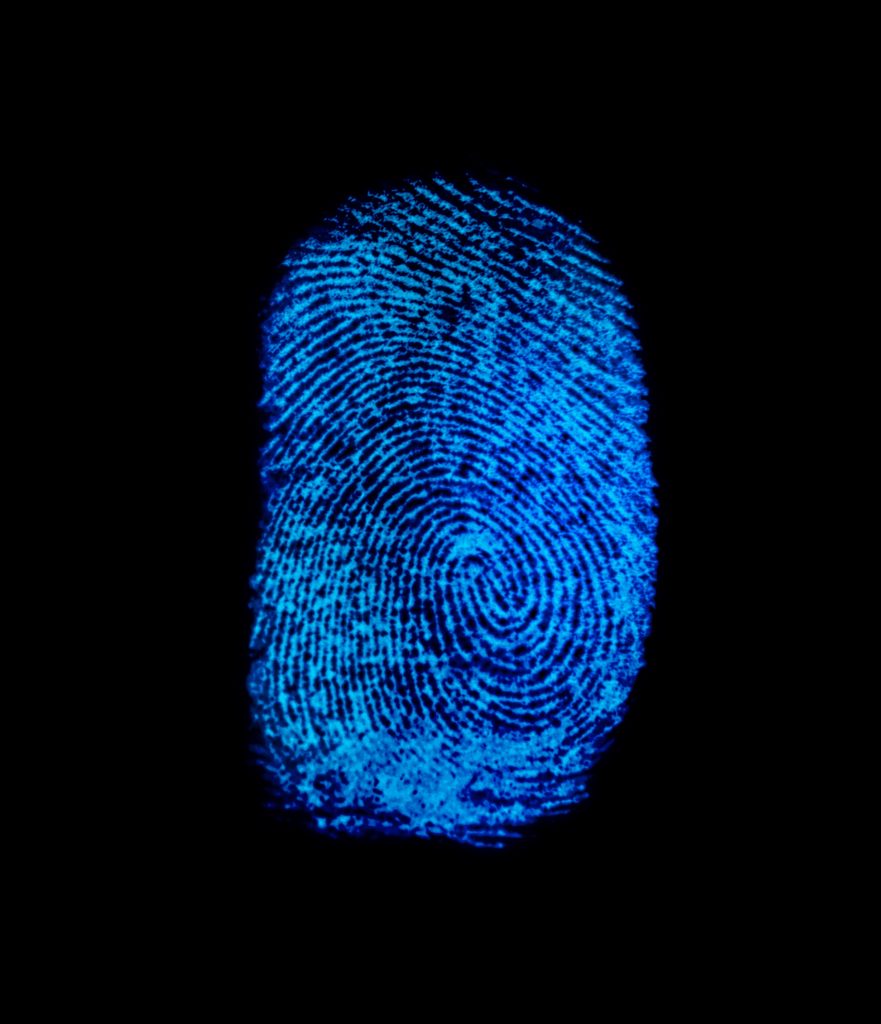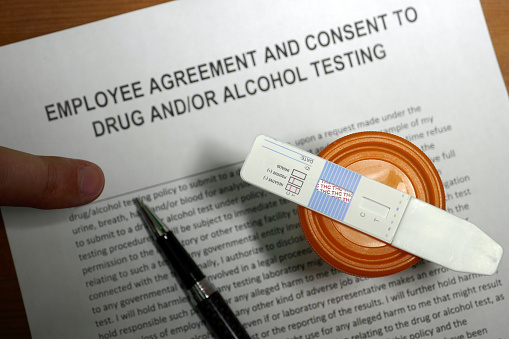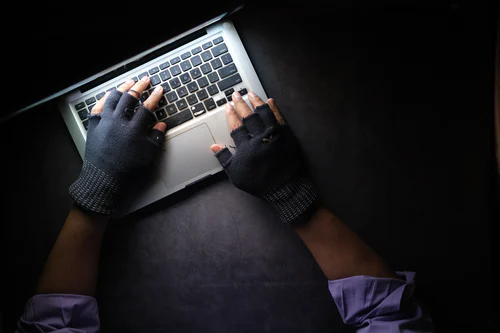You’ve probably heard that no two snowflakes are alike; your fingerprints are the same way. There’s no one else in the world with the same ones as you, even if you have an identical twin. In fact, even your fingerprints on different fingers vary.
With your fingerprints being part of your individuality, you may have some questions about your fingerprints and how someone can identify the differences between one fingerprint to the other. PATRIOT Backgrounds and Investigations, serving Davie, FL, and the nearby region, has the answers!
Fingerprints Remain Virtually Unchanged
According to the National Center for Missing and Exploited Children, hospitals should take the footprint of infants, which can help find a missing infant. A survey published in 2016 indicated that around 90 percent of the hospitals still practice this. Sometimes, the baby’s fingerprints are taken, too. The hospital may recommend fingerprinting the mother as well.
The patterns in the prints don’t tend to change. However, they will get bigger. Additionally, certain factors may change your fingerprints a bit though, such as your age and job. As you get older, your skin loses its elasticity. In return, it becomes more difficult to obtain fingerprints on the person. You could lose some of the detail in your prints if you’re a bricklayer or have a job where you frequently wash your hands. In addition, a severe cut or burn, some cancer treatments, or certain dermal issues could alter your fingerprints.
Fingerprint Design
While each fingerprint is unique, certain patterns are more common than others.
Loops
For instance, about 60 to 70 percent of people have loops as part of the fingerprint pattern. The radial loop, for instance, points toward the thumb and radius bone — the bone underneath the thumb in the forearm.
Sometimes, these loops run toward the ulna bone, which is the bone that protrudes in the forearm near the pinky finger.
You could also have a central pocket loop, which curves around a central whorl.
Whorls
A plain whorl has one or multiple ridges that form a complete circuit. You could also have a central pocket whorl, which occurs when you have a whirl that has one or more recurving edges. Sometimes, it has a right angle that obstructs its flow line. The whirl could be spiral, circle, or oval.
A double loop happens when you have two separate loops. There’s at least one recurving line in between.
Finally, you could have an accident loop — a loop that occurs when you have two or more subgroups.
Arches
You could have a plain arch or a tented arch. The plain arch is a simple print pattern. With this pattern, the ridges form on one side. They’ll then rise in the center and then will touch the other side and exit.
Unlike a plain arch, which looks like a wave, a tented arch rises on one side, raises in the middle, and exits on the other side. The center ridges come more to a point. This pattern looks like a pitched tent.
These are the three main patterns you’ll find on fingerprints. Everyone’s fingerprints look slightly different, though, which makes fingerprinting a good practice to find people.
If you need a fingerprinting service, visit PATRIOT Backgrounds and Investigations to discuss our fingerprinting service. Fill out our contact form or call 954-372-1103.












